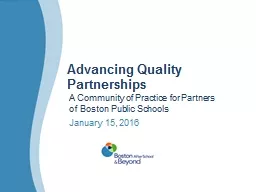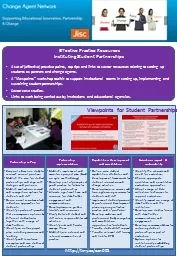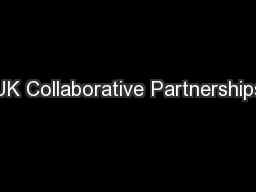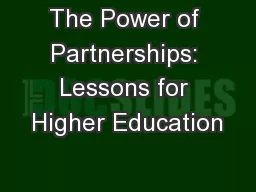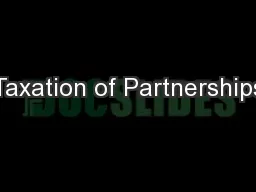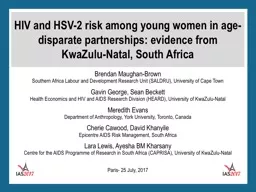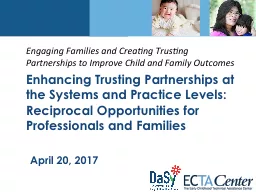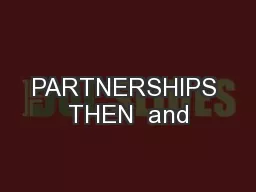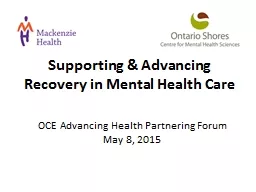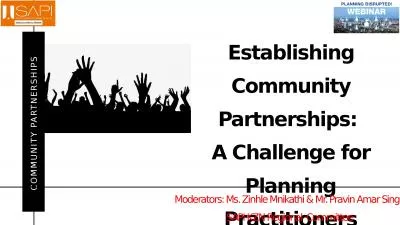PPT-Advancing Quality Partnerships
Author : min-jolicoeur | Published Date : 2020-04-03
A Community of Practice for Partners of Boston Public Schools August 30 2016 Agenda Time Item 830 845 am Breakfast and Registration 845 900 am Welcome and Introductions
Presentation Embed Code
Download Presentation
Download Presentation The PPT/PDF document " Advancing Quality Partnerships" is the property of its rightful owner. Permission is granted to download and print the materials on this website for personal, non-commercial use only, and to display it on your personal computer provided you do not modify the materials and that you retain all copyright notices contained in the materials. By downloading content from our website, you accept the terms of this agreement.
Advancing Quality Partnerships: Transcript
Download Rules Of Document
" Advancing Quality Partnerships"The content belongs to its owner. You may download and print it for personal use, without modification, and keep all copyright notices. By downloading, you agree to these terms.
Related Documents

